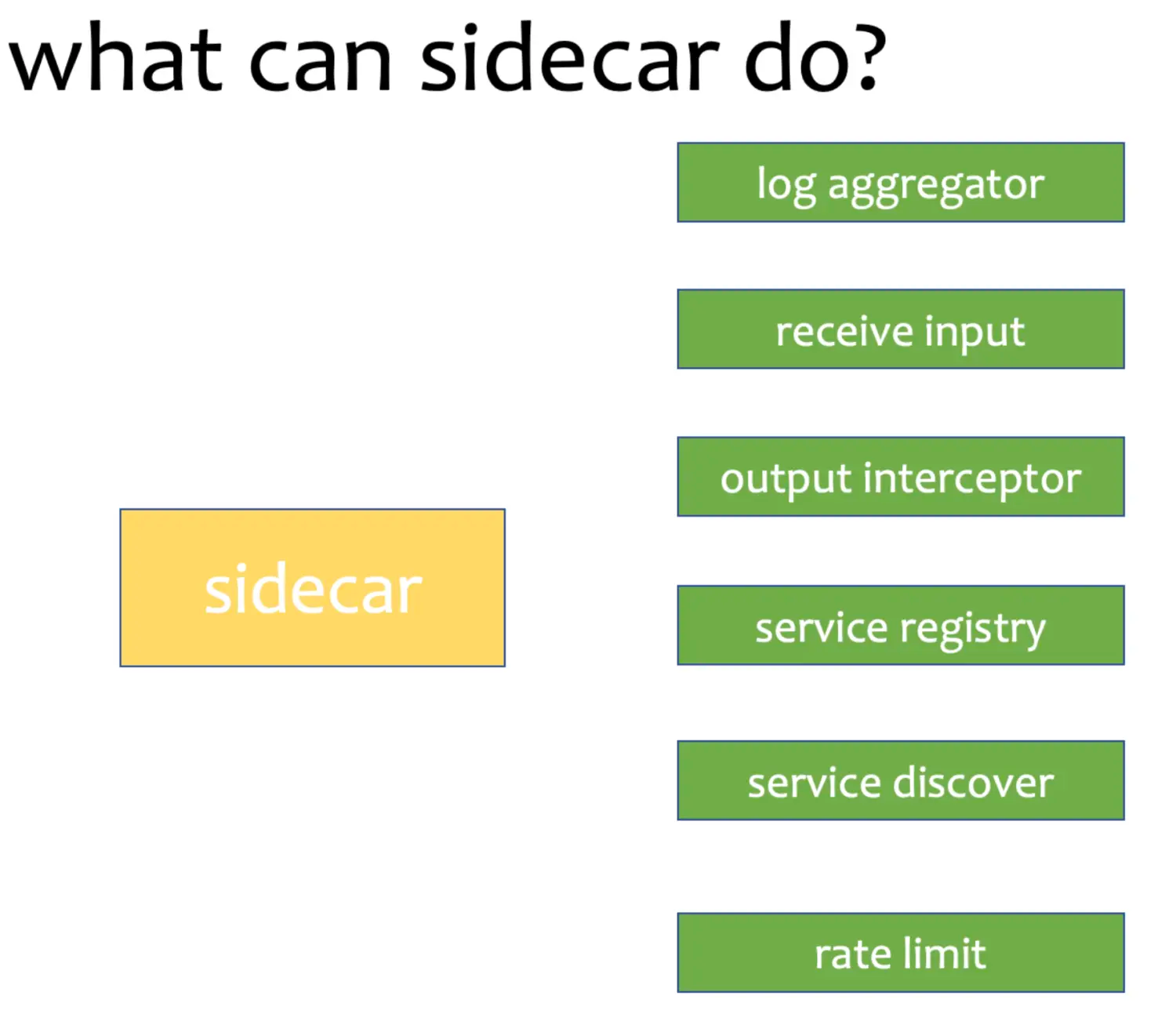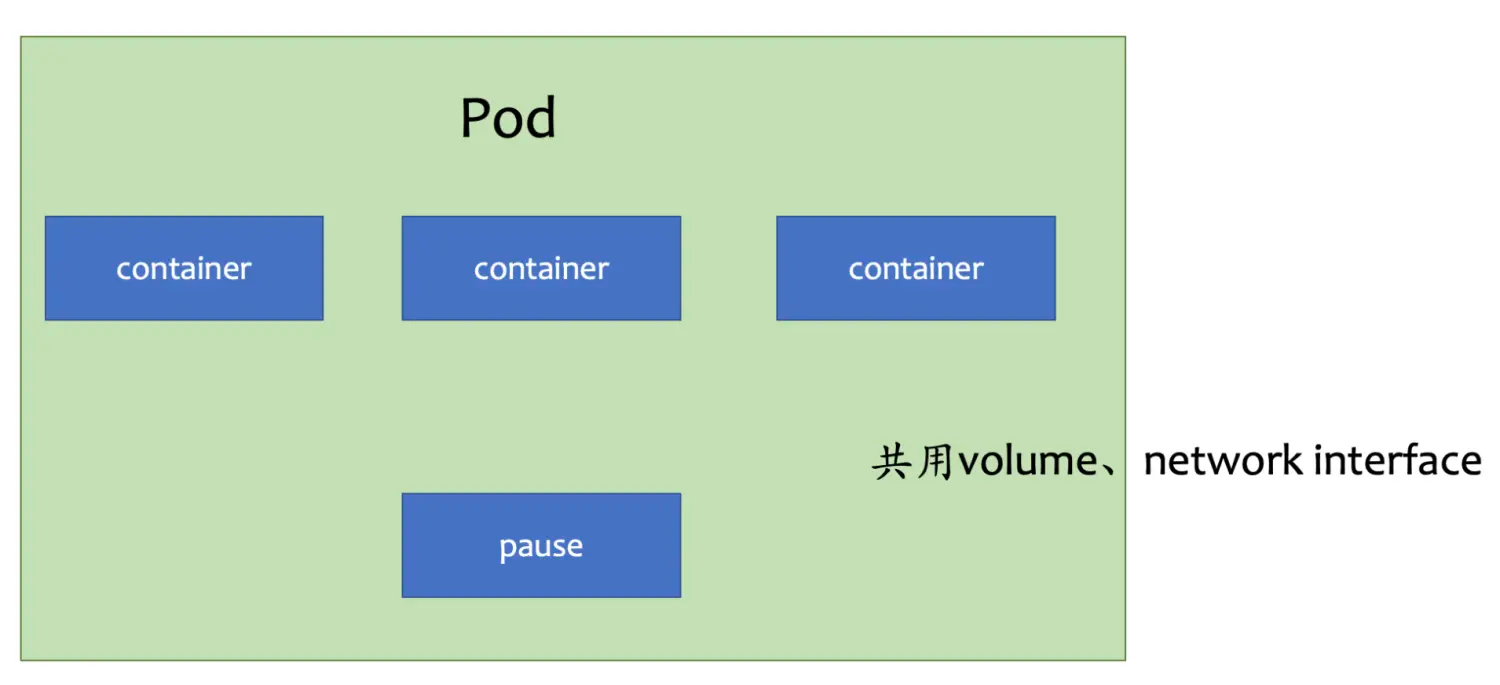一步一步教你写kubernetes sidecar
什么是sidecar?#

sidecar,直译为边车。 如上图所示,边车就是加装在摩托车旁来达到拓展功能的目的,比如行驶更加稳定,可以拉更多的人和货物,坐在边车上的人可以给驾驶员指路等。边车模式通过给应用服务加装一个“边车”来达到控制和逻辑的分离的目的。
对于微服务来讲,我们可以用边车模式来做诸如 日志收集、服务注册、服务发现、限流、鉴权等不需要业务服务实现的控制面板能力。通常和边车模式比较的就是像spring-cloud那样的sdk模式,像上面提到的这些能力都通过sdk实现。

这两种实现模式各有优劣,sidecar模式会引入额外的性能损耗以及延时,但传统的sdk模式会让代码变得臃肿并且升级复杂,控制面能力和业务面能力不能分开升级。
本文的代码已经上传到gitee
sidecar 实现原理#
介绍了sidecar的诸多功能,但是,sidecar是如何做到这些能力的呢?
原来,在kubernetes中,一个pod是部署的最小单元,但一个pod里面,允许运行多个container(容器),多个container(容器)之间共享存储卷和网络栈。这样子,我们就可以多container来做sidecar,或者init-container(初始化容器)来调整挂载卷的权限

日志收集sidecar#
日志收集sidecar的原理是利用多个container间可以共用挂载卷的原理实现的,通过将应用程序的日志路径挂出,用另一个程序访问路径下的日志来实现日志收集,这里用cat来替代了日志收集,部署yaml模板如下
1 | apiVersion: v1 |
使用kubectl create -f 创建pod,通过kubectl logs命令就可以看到sidecar-container打印的日志输出
1 | kubectl logs webserver sidecar-container |
转发请求sidecar#
这一节我们来实现,一个给应用程序转发请求的sidecar,应用程序代码如下
1 | use std::io::prelude::*; |
我们再来写一个sidecar,它会每15秒向应用程序发出请求
1 | use std::thread; |
通过仓库下的intput/build.sh脚本构造镜像,运行yaml如下
1 | apiVersion: v1 |
通过查看kubectl logs input input-http-server可以看到input-http-server收到了请求
1 | receive a request! |
拦截请求sidecar#
应用程序代码,它会每15s向localhost发出请求
1 | package com.shoothzj.sidecar |
我们再来写一个sidecar,它会拦截http请求并打印日志
1 | package com.shoothzj.sidecar |
通过仓库下的output/build.sh脚本构造镜像,运行yaml如下
1 | apiVersion: v1 |
通过查看kubectl logs output output-workload可以看到output-sidecar收到了请求
1 | HttpResponse(200 OK,List(Server: akka-http/10.2.9, Date: Tue, 29 Mar 2022 00:15:47 GMT),HttpEntity.Strict(text/html; charset=UTF-8,31 bytes total),HttpProtocol(HTTP/1.1)) |